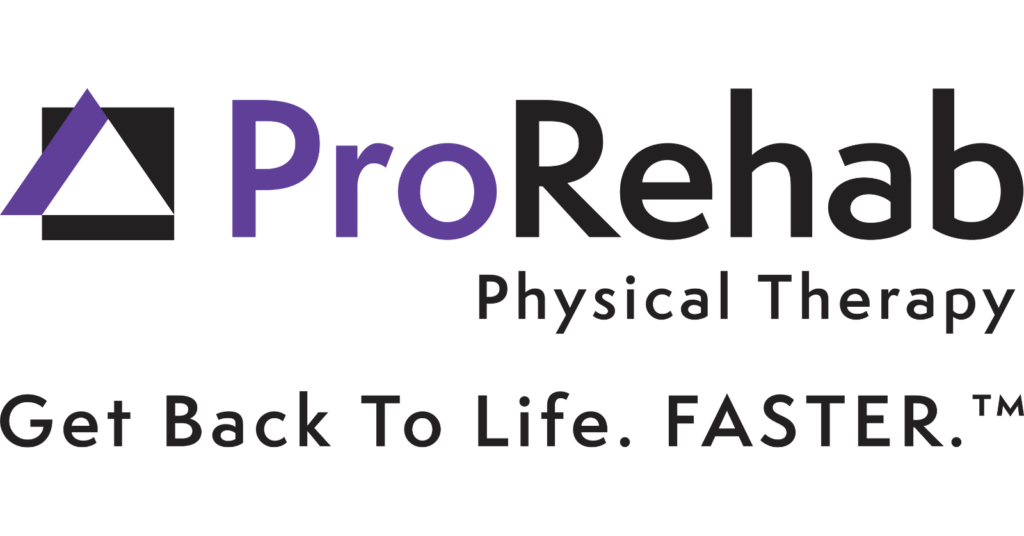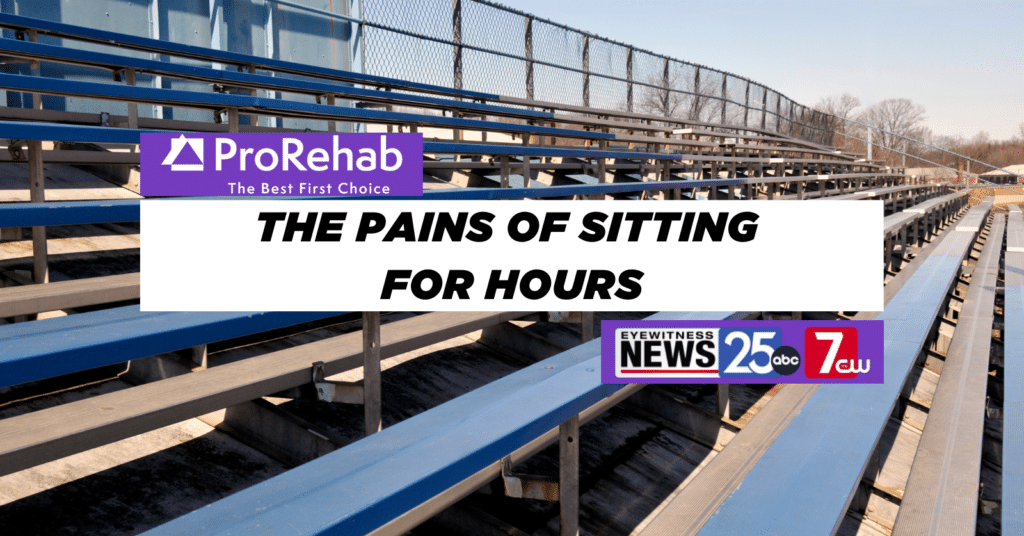Here we go on the fifth portion of the current eight-part series. I am about to focus in on techniques that are somewhat outside of the nutrition circle but will have a pronounced effect on the everyday diet. Two of my tips do this, 5 and 7; we will discuss the importance of sleep in tip #7.
So, let’s talk about what you’re doing every day. Actually, I can be specific, what are you doing every hour? Often times folks get locked into jobs where they sit for 7, 8, 9, 10 hours every shift multiple times per week. Pop culture likes to call them desk jockeys.
It’s not your fault or anyone’s, really. As technology has improved the importance of person to person communication, moving all over a building to get things done, has been lost. All you have to do is type a quick message, lay things out on an excel sheet and send it off. Alright Alex, step down from the soap box and get to the point.
The point is basal metabolic rate (BMR). It accounts for 70-90% of your caloric demand in a day depending on how active you are. It’s the amount of energy you need to survive as a human. There are certain techniques that we can do to increase our BMR and that ends up having a large impact on our diets over time. If you can increase your BMR by 50-100 calories each day, that’s a game changer.
Briefly, I’d like to discuss effects of exercise on BMR. After strenuous exercise, there’s a sharp increase in BMR for about 2 hours, commonly called excess post oxygen consumption (EPOC). EPOC has a small, but non-negligible effect that persists for about 48 hours after exercise1. So, theoretically, working out at least every other day can elevate your BMR.
Now, to the real point. You’re stuck in a desk. Scientifically, you are “at rest”. What can you do to increase that BMR? I suggest “activating hourly”. Here’s why: warmer muscles consume more oxygen. Consuming more oxygen is how you burn more calories.
Therefore, every hour while you’re at work (or even at home) I suggest getting up and moving around. Whether you’re going to prop your laptop on an elevate surface and work standing up for 10 minutes, walk up and down a few flights of stairs or simply find some space to stretch, all will help increase the resting temperature of your muscles.
About that last point. Research actually proves that after a bout of stretching, a muscles’ temperature is increased for about 40 minutes2. That is where I pull my recommendation for hourly activation. Just as the muscle starts to go cold, you can reactivate it.
While at rest, the body preferentially burns fat as the primary fuel source3. An increase in daily RMR along with a few of the tips I have shared previously (low glycemic index foods, bullet coffee, MONO fats) should rely solely on fat as the source. If it’s not 100%, I can speculate it would be >90%.
I encourage you to find what works best for you and to really take advantage of this tip. It’s relatively simple. A pretty common saying in the exercise community is “body’s at rest tend to stay at rest”. Therefore, make sure you’re taking opportunities during your day to get up and get mobile often.
If you would like personal recommendations for short activity and/or mobility drills to do during your work day, feel free to email me or find me on facebook.
Thanks, Alex
The Tips
- Eat Less, More Often.
- Snacking Stay Power.
- Swap Fat for Fat.
- Water, Drink It.
- Activate Once Every Hour.
- Meal Prep, A Plan for Every Day.
- Sleep, an Underrated Rockstar.
- Indulge.
Resources
- Speakman JR, Selman C. Physical activity and resting metabolic rate. Proc Nutr Soc. 2003;62(3):621-634.
- Feng TP. The effect of length on the resting metabolism of muscle. J Physiol. 1932;74(4):441-454.
- van Hall G, Sacchetti M, Radegran G, Saltin B. Human skeletal muscle fatty acid and glycerol metabolism during rest, exercise and recovery. J Physiol. 2002;543(Pt 3):1047-1058.



